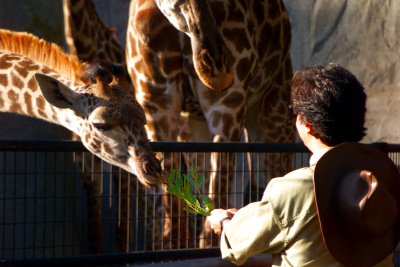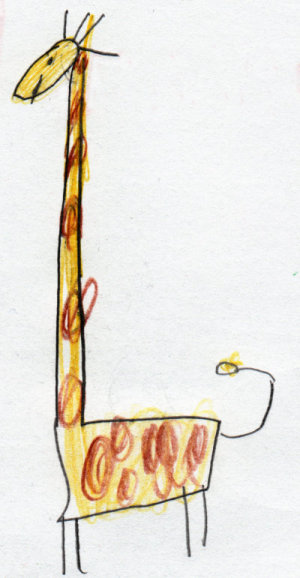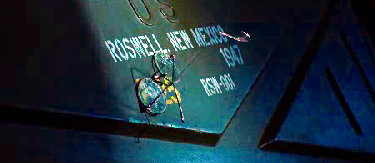- Culture Snob has hit on a brilliant idea in the hilarious article, “Fixing the Oscars: A Modest Proposal.”
- Culture Snob also points to an older post of equal genius that happens to fit the bill for this blog-a-thon, “A Short Film About Failure” (which uses as its subject material the same film that I used for a different blog-a-thon).
- The Creepy Inner Thought took my instruction for this blog-a-thon, “choose a well-known movie, book, painting, sculpture, speech, song, performance, or other manifestation of human artistic expression” and interpreted “human” rather liberally in “What about Bob?“
For my own day-two contribution I ask you to hark back to Flatliners, chockablock with the hot new stars of 1990 and therefore a key hub in the six-degrees-of-Kevin-Bacon game, which was much more challenging then than it is now. Inevitably, spoilers follow.
The story is about a group of medical school students who begin toying with death, taking turns having their hearts medically stopped by one another in secret late-night sessions and then restarted in tense (heart-stopping! ha ha) will-the-paddles-work-this-time defibrillator scenes. They dare each other to go longer and longer without a pulse, and they all see visions while flatlining, and the farther they go into death before returning, the more their secret pasts return with them! Julia Roberts (“Rachel”) is haunted by her father, who killed himself when she was a little girl. Kevin Bacon (“David”) is haunted by a little girl he bullied as a kid. William Baldwin (“Joe”) is haunted by the many women he’s had sex with and videotaped without their knowledge. Kiefer Sutherland (“Nelson”) repeatedly gets the crap beat out of him by one of cinema’s creepiest little boys ever, and that’s saying something.
One by one each of them comes to grip with his or her past sins. Eventually we learn who the creepy boy is: Billy Mahoney, a classmate of Nelson’s who died accidentally as a result of Nelson’s bullying long ago. Nelson has been carrying his guilt around for his entire life. It is he who first proposes the flatlining “experiments” to his friends, and now it’s clear why: he has a death wish. He feels he does not deserve to live.
And indeed he does not deserve to live, in classical literary terms. That wouldn’t be true if, like David, Nelson simply sought to acknowledge and atone for his childhood behavior. But he doesn’t; nor is he courageous enough to repay his karmic debt by straightforwardly killing himself. Instead he tempts fate, repeatedly and with arrogance, while drawing his fellow students into his reckless, slow-motion suicide attempt. As we know from Greek mythology, the gods honor courage but punish pride (and the film has Oliver Platt as the Greek chorus warning ad nauseam about the sin of hubris).
And yet Nelson survives at the end of the film! In his final flatlining experiment — intending at last to be a suicide, since he’s doing it alone with no one available to resuscitate him — he reconciles with the vision of Billy Mahoney, who goes smiling off to heaven, and is then rescued by his friends, who show up to revive him just in the nick of time. What a gyp! It is a textbook specimen of the tacked-on Hollywood ending.
But the remedy is not so simple. Nelson can’t just expire alone on the operating table. For one thing, it’s anticlimactic: Nelson wants to die, and he tries, and!… succeeds. For another thing, he feels remorse about Billy Mahoney, which is redemptive; perhaps by trying to kill himself — the only way he can think of to apologize to Billy — he earns back the right to live. But the main reason is that if Nelson dies, then he gets what he wants, and even though he may be redeemed for causing Billy’s death, he’s still guilty, guilty, guilty of toying with the natural order of things and endangering his friends. He can’t simply accomplish his goal; the piper must be paid one way or another. But how?
It’s obvious: Rachel, who has a romantic history with Nelson, must die. It doesn’t matter exactly how, as long as it’s related to the flatlining experiments and therefore Nelson’s fault. She is the price that destiny extracts for his arrogance. Let him reconcile with Billy Mahoney, only to wake up and discover his responsibility for a new classmate’s death and the realization that absolution is not so simple. There’s no shortcut. For some sins, “sorry” just doesn’t cut it. Nelson’s penance is to live a long life of tragic wretchedness.

 Years later I wrote a programming book for O’Reilly and Associates, a publisher known for decorating their book covers with animals. Their popular title Programming Perl is colloquially known as “the camel book,” for instance. I was hoping for a dog on my cover (after all,
Years later I wrote a programming book for O’Reilly and Associates, a publisher known for decorating their book covers with animals. Their popular title Programming Perl is colloquially known as “the camel book,” for instance. I was hoping for a dog on my cover (after all, 



